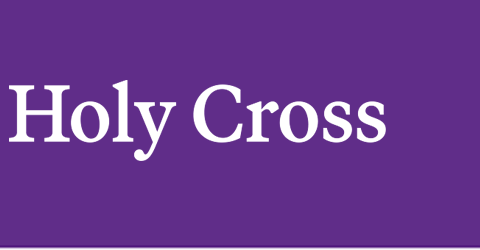Abstract
During the 2016 presidential election, “fake news” became a hot topic that shattered the American public’s trust of traditional news outlets and creating even deeper rifts between the two major political parties. Although the election made the American public acutely aware of “fake news”, the practice of appropriating images and quotations and manipulating information to influence public opinion can be traced back to the beginnings of the printing press. In this essay, I discuss how the phenomena of the printing press sets a precedent for other literacy tools—including social media—in how government and religious institutions used it to assert hold of power and manipulate public opinion in their favor. The techniques employed by early users of the printing press are repeated today in social media to circulate misinformation and false news—the platforms in which information is shared have changed, but the practices definitely have not.
Recommended Citation
Doyle, Aine
(2019)
"Tracing "Fake News:" The Printing Press, Social Media, and Politics,"
The Criterion: Vol. 2019, Article 6.
Available at:
https://crossworks.holycross.edu/criterion/vol2019/iss1/6
Included in
Comparative Literature Commons, English Language and Literature Commons, Rhetoric and Composition Commons

